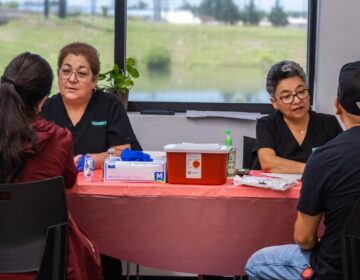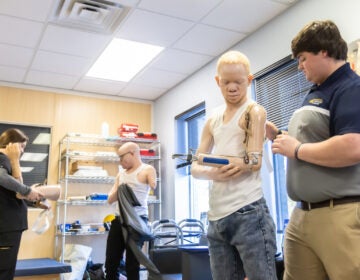Exposure
A look at the potentially harmful things we’re exposed to and how they affect us.
Listen 48:37
Every day, our bodies come in contact with all kinds of potentially harmful things that we can’t always see or smell — but which can have real consequences for our environment and health. Among the latest to prompt concern is black plastic cooking utensils, which a recent study declared could be releasing toxic chemicals into our food. (Bigstock)
On the night of February 3, 2023 sirens blared through the night in East Palestine, Ohio. Explosions erupted, fires lit up the night sky, and plumes of black smoke formed over the village. One of the worst train derailments in U.S. history had left a smoldering tangle of 38 cars along the tracks, and sent thousands of gallons of toxic chemicals into the environment.
Residents soon began complaining of symptoms — headaches and coughing, nausea and vomiting, bloody noses and burning eyes — sparking fears of long-term health consequences and contamination that continue two years later.
The derailment was a dramatic example of something we encounter every day — exposure to harmful things that we can’t always see or smell, which pose threats that we don’t always fully understand. On this episode, we explore different kinds of exposure, ranging from carcinogenic chemicals to sunlight or black plastic, and investigate what harms they truly pose.
ALSO HEARD:
- Sleep researcher Olivia Walch explains how exposure to light at the wrong time can disrupt our circadian rhythms and overall health. Her new book is called “Sleep Groove: Why Your Body’s Clock Is So Messed Up and What To Do About It.”
- Buying and using sunblock can be confusing — so what type should you choose, and how much protection do you really get? Nichole Currie reports on the dos and don’ts of sunblock.
Segments from this episode
WHYY is your source for fact-based, in-depth journalism and information. As a nonprofit organization, we rely on financial support from readers like you. Please give today.






